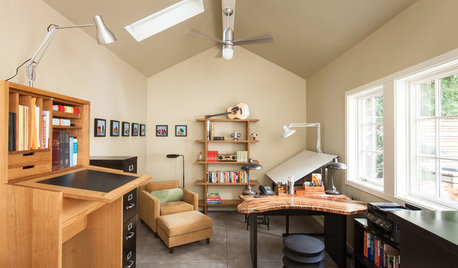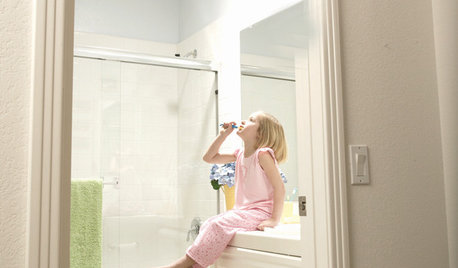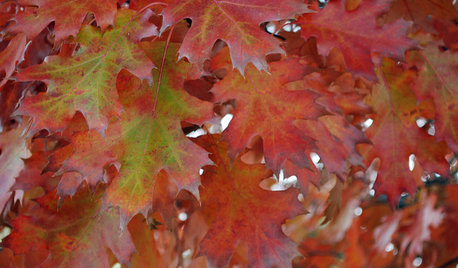Do these peas look diseased or healthy?
AlyoshaK
9 years ago
Related Stories

HOUSEPLANTS8 Essentials for Healthy Indoor Plants
Houseplants add so much to our homes — and can thrive when grown in the right conditions. Keep these tips in mind
Full Story
GARDENING GUIDESHow to Prep Your Ground for a Healthy New Lawn
Seed or sod that falls on weedy, lumpy soil is a wasted effort. Follow these steps to ensure that your new lawn will thrive
Full Story
GARDENING GUIDESTree Care: Common Tree Diseases and What to Do About Them
Learn to recognize trees that may be affected by diseases or pests so you can quickly take action
Full Story
HOME OFFICESHealthy Home: 8 Ways to Add a Standing Desk
Check out these options for doing less sitting during your screen, work and craft time
Full Story
TREESHow to Buy Healthy Trees and Shrubs
A healthy young plant with a strong form is more likely to do well in your yard. Here’s what to look for at the nursery
Full Story
HEALTHY HOMEGet Your Light Right for a Healthy House
Homes that are too bright at night and too dark during the day are ruining our health. Here's what you can do
Full Story
GARDENING GUIDESHow to Keep Your Citrus Trees Well Fed and Healthy
Ripe for some citrus fertilizer know-how? This mini guide will help your lemon, orange and grapefruit trees flourish
Full Story
HEALTHY HOME12 Ways to Set Up Your Kitchen for Healthy Eating
Making smart food choices is easier when your kitchen is part of your support team
Full Story
KITCHEN DESIGNEcofriendly Kitchen: 9 Healthy Lifestyle Habits
Good for your body often means good for the planet. These kitchen ideas can help make your cooking and eating routines better for both
Full Story
GARDENING GUIDES6 Healthy Ways to Handle Fallen Leaves
Once nature's beautiful bounty is spent, these ecofriendly strategies for leaves will put your yard in the clear
Full StoryMore Discussions






Okiedawn OK Zone 7
AlyoshaKOriginal Author
Related Professionals
Lyons Landscape Architects & Landscape Designers · Manhattan Beach Landscape Architects & Landscape Designers · Richmond Heights Landscape Architects & Landscape Designers · Goodyear Landscape Contractors · Brownsville Landscape Contractors · Matteson Landscape Contractors · Mesa Landscape Contractors · Richmond Landscape Contractors · San Bruno Landscape Contractors · Tyngsboro Landscape Contractors · Columbia Decks, Patios & Outdoor Enclosures · Draper Decks, Patios & Outdoor Enclosures · Green Bay Decks, Patios & Outdoor Enclosures · Overland Park Decks, Patios & Outdoor Enclosures · Woodstock Decks, Patios & Outdoor EnclosuresOkiedawn OK Zone 7